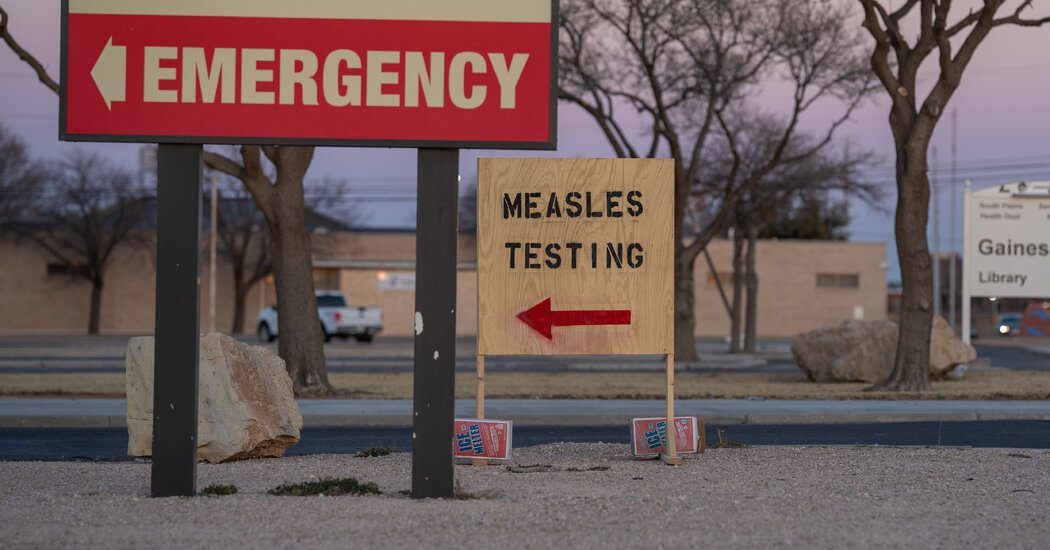
A recent study has revealed that levels of a common chemical associated with cancer are alarmingly elevated in drinking water across all 50 states in the United States.
For over a hundred years, chlorine has been utilized in tap water to eliminate bacteria and ensure its safety for consumption.
However, chlorine reacts with certain organic materials found in the ground, leading to the formation of chemicals linked to a 33 percent increased risk of bladder cancer and a 15 percent increased risk of colorectal cancer.
These harmful byproducts, known as trihalomethanes (THMs), are generated when chlorine interacts with decaying organic matter.
Researchers from the Karolinska Institutet in Sweden examined over two dozen studies involving nearly 100,000 participants from North America, Taiwan, and Europe, estimating THM concentrations in drinking water samples and evaluating their association with 14 different cancer types.
THMs are suspected to cause DNA damage, leading to mutations that may result in cancer, and these substances have been linked to cancer development in animal studies.
Current guidelines set by state health authorities consider a maximum THM level of 80 parts per billion (ppb) in drinking water to be acceptable. However, a peer-reviewed analysis by the Environmental Working Group suggests that the genuinely safe limit is significantly lower, approximately around 0.15 ppb.

Chlorine has been utilized for over a century to treat water, yet it generates chemicals that correlate with a 33 percent elevated risk of bladder cancer and a 15 percent heightened risk of colorectal cancer.
Based on the EWG’s findings, over 32,000 municipal water systems, catering to more than 250 million residents across the United States, exceed the safety threshold of 0.15 ppb.
In New York City, the average THM level in its water is around 42 ppb, with some areas reaching as high as 77 ppb.
In Los Angeles, the levels stand at 28.3 ppb. Dallas reports approximately 8.85 ppb, while Chicago averages about 29.8 ppb, and Boston’s levels are around 24.2 ppb.
The research indicated that the risk of bladder and colorectal cancers surged when THM levels in drinking water reached 41 ppb, substantially below what officials typically consider safe.
Individuals in the highest exposure category demonstrated a 33 percent increased likelihood of developing bladder cancer compared to those with the least exposure, with each additional 10 ppb increase in THMs correlating with an 8 percent rise in risk.
For colorectal cancer, the risk was found to be 15 percent higher in those most exposed compared to the least exposed.
When analyzing gender-specific data, researchers noted a stronger correlation between THM exposure and colorectal cancer in men compared to women.
While THMs did not establish a clear association with pancreatic, kidney, breast, ovarian, prostate, or blood cancers, higher exposure levels were linked to an increased risk of endometrial cancer and melanoma.
Lead researcher Dr. Emilie Helte, whose findings were published in the journal Environmental Health Perspectives, emphasized the urgency of further high-quality studies, expressing, ‘What we see is alarming.’

This graph illustrates the connection between THM levels in residential drinking water and bladder cancer risk in both genders. A 10-μg/L increase in THMs was noted to correlate with a slight increase in bladder cancer risk.

This graph depicts the linear and nonlinear dose-response relationship between residential drinking water THM levels and colorectal cancer risk in men and women, drawn from meta-analyses.
THMs can pose health risks when consumed or inhaled.
They can easily evaporate from water, and inhalation or absorption through the skin during activities like drinking, cooking, washing dishes, or swimming may be hazardous.
There remains a considerable amount of unknowns regarding THMs. The precise level of THM exposure considered carcinogenic varies and is influenced by factors such as concentration in drinking water and the length of exposure.
Prolonged exposure to elevated levels of these chemical byproducts is thought to present the most significant health risks.
A 2023 study published in the Journal of the National Cancer Institute explored the correlation between THM exposure in drinking water and colorectal cancer among nearly 59,000 individuals.
After nearly 17 years of observation, 1,913 new cases of colorectal cancer were reported. Among men, higher THM levels in drinking water (15 ppb or more) were associated with a 26 percent increased risk of colorectal cancer compared to those with no exposure.

The above graph illustrates the increasing rates of colorectal cancer in Americans under the age of 50 over the past two decades.

Experts caution against depending on bottled water, as it does not guarantee superior health benefits compared to tap water. A study conducted in the San Francisco Bay Area identified potential health hazards in all types of water sources, including bottled.
Activated carbon filters and reverse osmosis systems effectively eliminate THMs and can be found in various filtration units such as pitchers, faucet-mounted, and under-sink options.
Researchers urge consumers not to be misled into believing bottled water offers a safer alternative.
In a study conducted in the San Francisco Bay Area, hundreds of water samples, including those from tap, bottled, and household-treated sources, were analyzed.
Findings revealed potential health risks in all three types of drinking water, and it concluded that bottled water is not necessarily a better option than treated tap water.
With growing awareness regarding the potential dangers of forever chemicals and microplastics in both tap and bottled water, safeguarding drinking water safety is becoming increasingly critical for many.
Health and Human Services Secretary Robert F. Kennedy Jr. prioritizes enhancing water safety as a central goal of his initiative, Make America Health Again. He aims to eliminate fluoride from the water supply, which he claims is linked to numerous health issues, despite its historical recognition as a significant public health achievement in preventing cavities.
While opponents argue that fluoridated water has significantly decreased dental cavities and contributed to children’s overall health, the debate continues.









